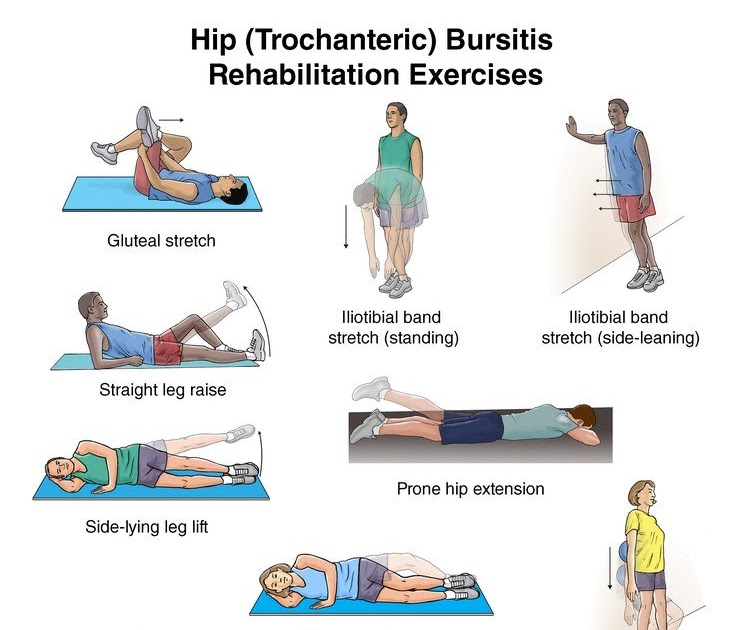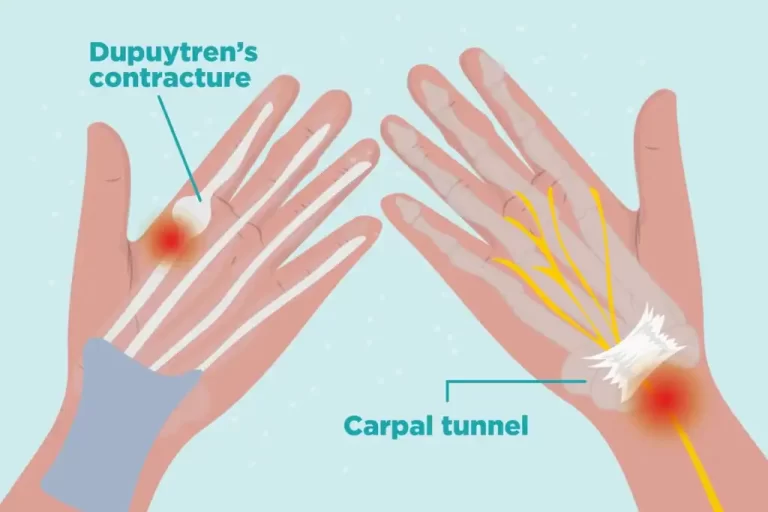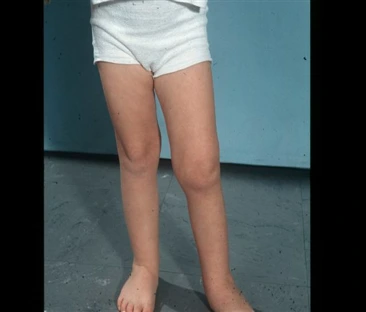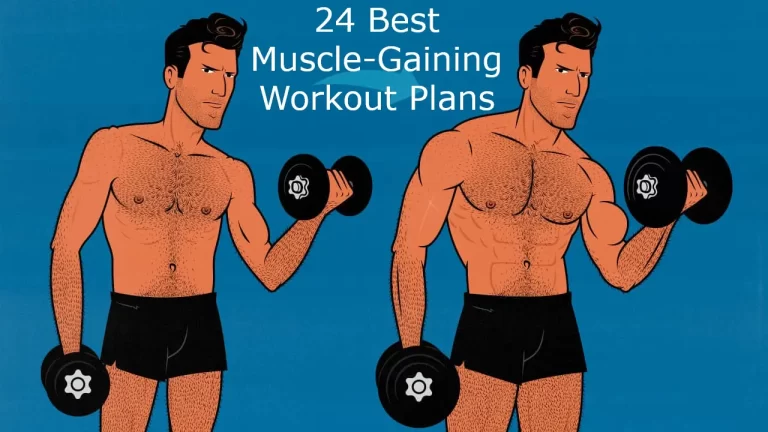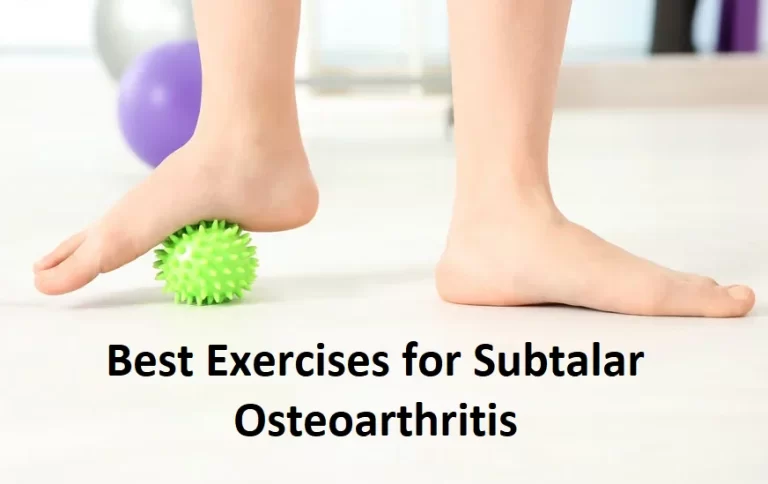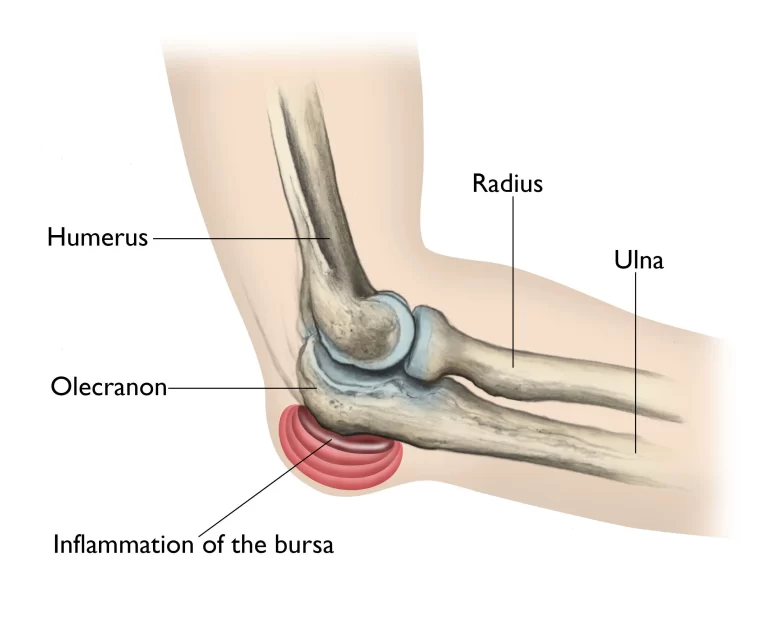Exercise for Hip Bursitis
What is Bursitis of Hip?
Hip bursitis is a relatively common issue in which the fluid-filled sacs in your hip joints become inflamed. This is your body’s innate response to lifting heavier weights, exercising more, or simply performing motions that require more from your hips. Hip bursitis can become more challenging for runners.
Your physician or physical therapist will suggest when to start and how often to do your hip bursitis exercises. The general recommendation is to perform the stretches 2 to 3 times a day and the exercises 1 to 2 times a day as tolerated. A floor mat can be useful and you will require a cushion or pillow. Begin each exercise slowly, and ease the exercise if you start having pain.
If you have hip bursitis, you may advantage from working with a physical therapist. Your therapist can evaluate your condition and determine the mechanical causes of your problem. Then, strategies can be executed to improve your functional mobility and strength.
What are the exercises for Bursitis of the Hip?
The list is below:
- Hip bridges
- Lying lateral leg raises
- Lying leg circles
- Hip Rotator Stretch
- Iliotibial Band (IT band) Stretch
- Straight-leg Raises
- Clamshell
- Lying Straight Leg Raise
- Iliotibial band stretch, side-leaning
- Side plank
- Wall squat with a ball
- The plank
- Isometric Clam
- Isometric hip press
- Standing isometric buttock squeeze
- Lunges
- Mountain Climbers
- Skater Squats
- Donkey Kicks
- Frankenstein walk
- Internal hip rotator stretch
- External hip rotator stretch
- Kneeling hip flexor stretch
- Hip Abduction
- Figure 4 Stretch
- IT Band Stretch
- Hamstring Stretch
- Alternating Leg Kicks
- Single Leg Balance
Hip bridges

Initiate by lying flat on your back with your feet flat on the ground close to your bottom and your legs bent.
In a controlled motion, shift your weight down through your heels to elevate your hips up so they’re in line with your shoulders and knees.
You should feel this upward driving motion primarily in your glutes and hamstrings.
Drop your hips back down to the floor slowly.
Do 5 sets of 20 repetitions.
Lying lateral leg raises
Lie on your left side with your left arm extended out for balance.
Raise your leg as far as you can and extend it, trying to achieve the greatest range of motion possible.
In a controlled motion, bring your right leg back down so that it’s in line with your left leg.
Finish 15 repetitions with that leg, then roll over onto your right side and perform 15.
Finish 3 sets of 15 repetitions on each leg.
Lying leg circles
Begin by lying flat on the back with your legs extended.
Elevate your right leg to about 3 inches off of the ground, and then make small circles, keeping your entire leg straight and in line.
Switch to your left leg and perform the same movement.
Do 3 sets of 5 rotations for 30 total reps on each leg.
Iliotibial Band (IT band) Stretch
Stand with your left hip against a wall. For extra support, you can utilize a chair or counter.
Put your weight on your left hip and cross the right leg in front of it.
Lift your arm, on the same side as your affected hip, above the head.
Lean away from the wall, letting your lifted hip press against it, until you feel a gentle stretch on the outside of the hip.
Pause the stretch for 15 to 30 seconds.
Do 2 to 4 times.
Straight-leg Raises
Lie on your side, with your left hip on top. Support the head and stabilize yourself as necessary.
Tighten the muscles in your left leg to keep your knee straight.
Lit your top leg until the foot is about 12 inches off the ground. Be sure to keep your hip and leg in line with the rest of the body and make sure you don’t rotate towards your back.
Hold your leg in the lifted position for 6 seconds and slowly lower your leg.
Do 8 to 12 times.
Clamshell

Lie on your side with your left hip on top. Support the head with a pillow and stabilize yourself as necessary.
Keep your legs together and flex both knees.
Maintain your feet together and lift your top knee until your knees are about 8 to 10 inches apart. Be sure your upper hip does not rotate back.
Hold your leg in the lifted position for 6 seconds and slowly lower the knee each time.
Rest for 10 seconds.
Do 8 to 12 times.
Lying Straight Leg Raise
To do the exercise, lie on the side with your painful hip up.
Be sure your hips are stacked, and keep your upper leg straight.
Then, slowly raise your leg, keeping it as straight as possible.
When you raise your leg about 12 inches, hold it at the top for three seconds, and then slowly release and return to the starting position.
Do the exercise 10 times.
You can make the straight leg raise exercise tougher by adding a resistance band around your ankles.
Hip Rotator Stretch
To do the stretch, lie on your back with one knee flexed.
Cross the hip to be stretched over your flexed knee, resting your ankle on your thigh just above the knee.
Put one hand through the hole created by your crossed leg, and grasp your inner thigh.
Your other hand can grasp the outer portion of your thigh, and you can then pull your flexed leg up, stretching the hip of the leg that is crossed over the knee and thigh.
You should experience a stretch in your hip; pause this stretch for 15 to 30 seconds, and then slowly release the stretch.
Do it three times.
Iliotibial band stretch, side-leaning
Stand sideways near a wall with the injured side closest to the wall.
Place a hand on the wall for support.
Cross the leg away from the wall over the other leg.
Keep the foot closest to the wall flat on the ground.
Lean the hips into the wall.
Pause the stretch for 15 to 30 seconds.
Do 3 times.
Side plank
Lie on the side with your legs, hips, and shoulders in a straight line.
Prop yourself up onto your forearm with the elbow directly under your shoulder.
Lift your hips off the ground and balance on your forearm and the outside of the foot.
Try to pause this position for 15 seconds and then slowly lower your hip to the floor.
Change sides and repeat. Work up to holding for 60 seconds.
This hip pain exercise can be made easier by beginning with your knees and hips flexed toward your chest.
Wall squat with a ball

Stand with the back, shoulders, and head against a wall.
Look straight ahead. Keep the shoulders relaxed and your feet 3 feet (90 centimeters) from the wall and shoulder-width apart. Set a soccer or basketball-sized ball behind your back.
Keeping the back against the wall, gently squat down to a 45-degree angle.
Your thighs will not yet be parallel to the ground.
Hold this pose for 10 seconds and then slowly slide back up the wall. Do it 10 times. Boost up to 2 sets of 15.
The plank
Lie on your stomach resting on the forearms.
With your legs extended, lift your hips off the ground until they are in line with your shoulders.
Support yourself on the forearms and toes.
Hold this pose for 15 seconds. (If this is too hard, you can modify it by placing your knees on the floor.) Repeat 3 times.
Work up to increasing your pause time to 30 to 60 seconds.
Isometric Clam
Lie on your side with your knees slightly flexed and a pillow between your knees.
Gently reduce the pressure on your top leg from the pillow – imagine you are about to raise your leg but do not raise it fully, your leg should stay in contact with the pillow.
Pause for 10 – 30 seconds. Relax.
Isometric hip press
Lie on your back with a couple of pillows under the knees, legs hip-width apart.
Tie a belt around the knees. Pause for 10 – 30 seconds.
Relax. Perform a sufficient number of times to reach 2 minutes in total.
Standing isometric buttock squeeze
Stand with the legs slightly apart, feet pointing forwards.
Push the floor away trying to push out through your heels, you should not move your feet.
Pause for 10 – 30 seconds. Relax. Perform a sufficient number of times to reach 2 minutes in total.
Repeat Exercises 1-3 at frequent intervals during the day to reduce pain.
Lunges
From a standing position, look straight ahead and take a generous step forward with your left foot.
Fold your extended knee and transfer your weight onto that front left leg.
Continue to lower yourself slowly into the lunge until your right knee hovers just above, or softly kisses, the floor.
Your left knee should be directly above your left ankle.
Step back into a standing pose. Repeat the pose with your right leg.
Mountain Climbers
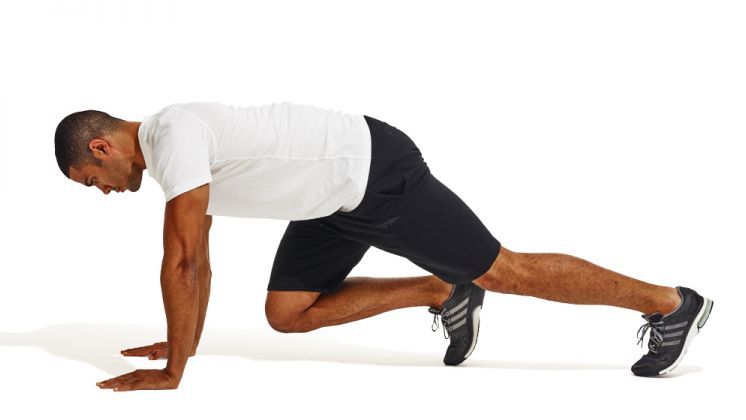
Position yourself on a wood floor or another smooth surface.
Put your sliders under the balls of your feet while in a pushup position.
Pull your left leg toward your chest, alternating with your right leg as you would for standard mountain climbers.
Go slowly at first, then pick up the speed.
Skater Squats
This move is similar to daily squats, with a tweak that specifically targets your hips.
Flex from the knee and hips, lowering your butt toward the floor while keeping your back straight and chest raised.
After each squat, transfer your weight to either your right or left leg while raising the opposite leg off to the side with your toes pointed ahead.
Change legs each time. Lie on the back with your palms on either side.
Take turns extending each leg up and off the floor for about 2 seconds.
Pause your leg at roughly a 45-degree angle.
Your opposite leg should be flexed at the knee with your foot planted on the floor, while your lifted foot should keep the toe pointed to the sky.
Change legs, and then repeat 10 times on each leg.
Donkey Kicks
From the tabletop position, lift your left knee, keeping it flexed as you kick upward.
Bring the bottom of your foot toward the roof.
Return to the beginning position.
Perform 2–3 sets of 18–20 repetitions on each side.
Frankenstein walk
Stand with your arms straightened in front of you, palms facing down.
As you move forward, swing your left leg up to extend it straight out, forming a 90-degree angle with your body.
Lower your left leg to the floor, then swing your right leg up in the same way.
Continue for 1 minute, changing direction if the space is limited.
Internal hip rotator stretch
You will perform this exercise on a table.
Lie on the side with the affected hip on top.
You may need to keep a pillow between your thighs.
Move the upper leg so the foot hangs below the edge of the table.
Rotate your hip to lift your foot in the opposite direction of the bottom shoulder.
Lift your foot as high as you can so you feel a stretch in the back of the thigh.
Pause for 5 seconds. Then slowly lower your foot to the beginning position.
External hip rotator stretch
You will perform this exercise on a table.
Lie on your side with the affected hip on the bottom.
You do not need a pillow between the thighs for this exercise.
Draw the bottom leg so the foot is off the edge of the table.
Rotate your hip to raise the foot in the opposite direction of the bottom shoulder.
Lift your foot as high as you can so you feel a stretch in your buttock.
Pause for 5 seconds. Then slowly lower your foot to the beginning position.
Kneeling hip flexor stretch

Kneel on your knee on the affected side.
Put the foot of your other leg on the ground so the knee is bent.
Put both hands on the upper part of your thigh. Keep your back elongated and your abdominal muscles tight.
Lean forward until you feel a stretch in the other thigh.
Pause the stretch for 10 seconds. Return to the beginning position.
Hip Abduction
Lie on your side with extended legs, with the affected hip on the bottom.
Cross your upper leg over your bottom leg.
Put the foot of your upper leg on the floor in front of you.
Lift your bottom leg until it touches the top leg.
Pause for 5 seconds. Then slowly lower the leg to the ground.
Figure 4 Stretch
Lie on your back with your knees bent and feet flat on the floor.
To stretch the right hip, lift your right leg off the ground and rest the outside of your ankle on the top of your left knee.
If this is comfortable, next lift your left foot a few inches off the ground until you can reach behind your left thigh with both hands.
Gently pull your left leg up toward your chest until you feel a stretch in your right hip/buttocks.
Hold and switch to the left side when you’re ready.
Pause for 30+ seconds for 2-3 sets on each leg.
If you have trouble tolerating this stretch on the back, you can also try it while sitting- bringing the chest toward your legs in this particular position.
IT Band Stretch
Begin by lying down on your back with a stretch strap or towel and legs out straight on the ground.
Put the foot of the leg you want to stretch in the strap.
Straighten your knee and bring your thigh up toward the roof.
Then, allow that leg to rotate across the body until you feel a stretch in the side of the thigh.
The thigh should be at a right angle to the body as you keep your shoulders firmly touching the floor.
Pause for 30+ seconds for 2-3 sets on each leg.
Hamstring Stretch

Lie on your back with a stretch strap, towel, or belt and feet flat on the ground.
Wrap the strap around the heel and straighten your knee.
Then, bring your whole straight leg up toward the ceiling and your chest until you experience a strong stretch in the back of the leg.
Pause for 30+ seconds for 2-3 sets on each leg.
Alternating Leg Kicks
Lie on your back with the hip joint and knees off the floor at 90 degrees.
Tighten your abs by moving your belly button toward your spine and holding (while still breathing).
Then alternate straightening one leg out toward the ground and hovering it 6-12 inches above the floor, before returning to the starting position.
If your lower back arches, modify how far the leg goes down toward the ground.
Perform 10 times on each leg for 2-3 sets. If this is too hard, start with straight leg raises.
Single Leg Balance
Stand near a chair or table for balance and transfer your weight to one leg.
Raise the opposite leg and hold. Concentrate on keeping your waistband parallel with the ground to reduce strain on the outside of the hip joint.
Pause for 30-60 seconds for 2-3 seconds on each leg.
To progress, attempt standing on a foam balance pad.

